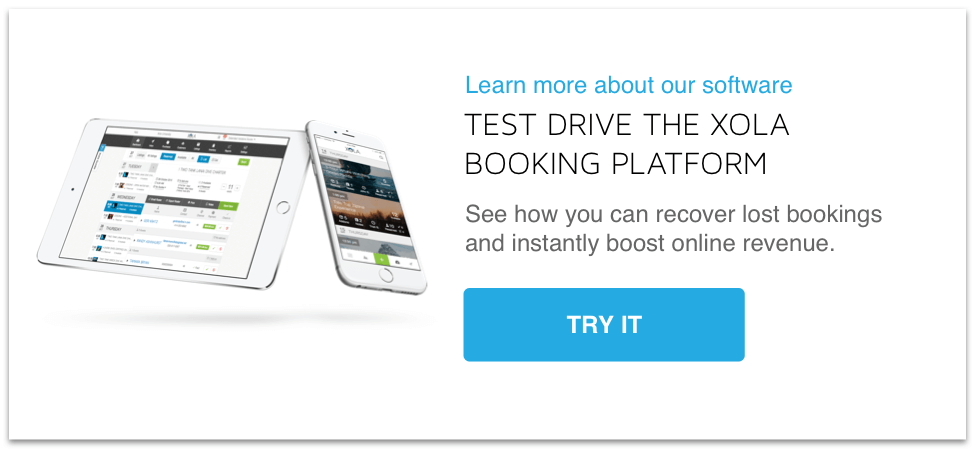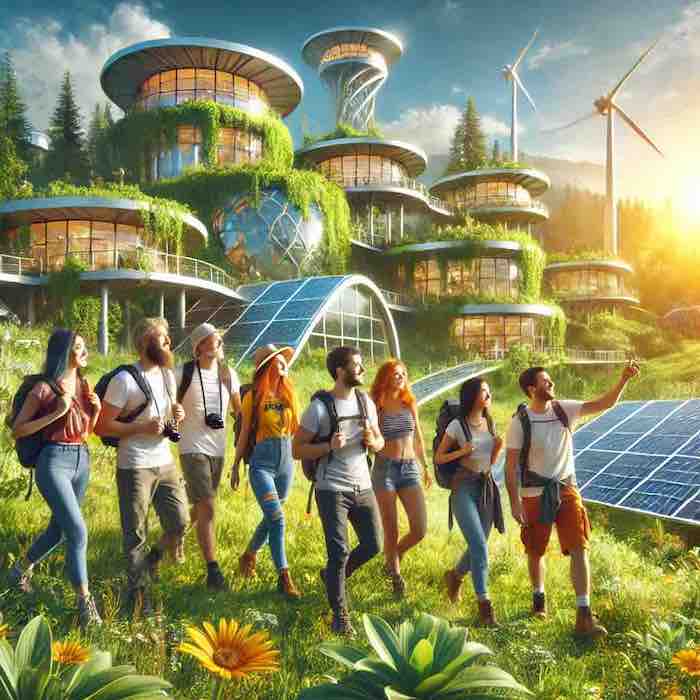
What Is Conversion Rate Optimization?
for Tour & Activity Operators
Conversion Rate Optimization (CRO) is the scientifically rigorous process of increasing the percentage of website visits that result in a desired action. For tour and activity providers, this usually means making an online booking.
The CRO process involves understanding what type of people visit your site, how they navigate, what actions they take, and what deters them from booking on your website.
What is a conversion?
A “conversion” is the general term for a website visitor completing a desired action on your website. Analytics software typically refer to this desired action as a goal. Goals come in many forms. The primary goal for tour and activity websites is a online booking. This primary goal is known as a macro-conversion. However, there are smaller conversions that may happen before a visitor completes a macro-conversion, like watching a video, subscribing to a newsletter, or initiating a booking. These are called micro-conversions.
Examples of Conversions
Macro-Conversions
- Book an experience on your website
- Request a quote
Micro-Conversions
- Watch an explainer video
- Sign up for your newsletter
- Initiate the booking process
What Is a Conversion Rate?
A website conversion rate represent the percentage of website visitors that competed a goal. For tour and activity operators, this is the number of online bookings divided by the total number of visits to your site within a given period of time.
A website conversion rate (CR) is only calculated after the visitor has landed on the website. It is different from a conversion rate for paid ads, for example, which focuses on who sees your ads and how many clicks you get.
How To Calculate Your Conversion Rate
Tour and activity operators most commonly calculate their booking conversion rate with a simple equation:
[ Website Conversion Rate = Total Online Transactions / Number of Sessions * 100 ]
Example
Website Conversion Rate = 200 Online Transactions / 100,000 Sessions * 100 = 2.00% Conversion Rate
What is a good ecommerce conversion rate? It depends on the industry. According to Smart Insight, in 2016 US ecommerce companies averaged a 3.00% conversion rate. However, this may not reflect the benchmark conversion rates for tour and activity operators. It is better, in our opinion, to focus more on improving whatever conversion rate you have, instead of worrying about benchmarks. The key to growth is to always try to improve. If your conversion rate is already 3% why not try for 4%?
Why Conversion Rate Optimization Matters
Some marketers focus on increasing traffic to their website, but pay little attention to improving their website conversion rate. But this can be a costly mistake. Driving traffic to your site is important, but it doesn’t matter if you cannot convert those visitors into paying customers. 1,000 new visitors is not useful if none of them make a booking.
Conversion rate optimization is important because it generates more bookings for the same amount of traffic. Instead of sinking additional money into ads and SEO to increase the number of website visitors, an optimized website more efficiently converts your current visitors into paying customers. When you do decide to drive more traffic on your optimized website, your CRO improvements mean you’ll get more out of your marketing campaigns.
Consider this scenario. Before optimizing your website conversion rate, you convince 2% of people to make a $50 booking on your website. That means you get 20 new bookings for every 1,000 visitors, and $1,000 in monthly revenue. Now, suppose you optimize your site and raise your conversion rate from 2% to 4%. At this rate, 1,000 visitors turns into 40 bookings and $2,000 in monthly revenue.
Do you see what happened? You didn’t change anything else about your business. But after making your website more effective, booking revenue increased by $1,000 for the same number of visitors and at the same price. Your website is more effective, and you make more money as a result.
If you remember one thing, remember this: if you double your conversion rate, then you cut your cost per booking in half.
This means if you currently spend $10 to acquire a booking, after you optimize your site and double conversions, your cost per acquisition goes down to $5.
At that point, you can afford to invest in more advertising, staff, or simply enjoy your increased profits.
As you can see, if you want to increase bookings and boost your bottom line, you need to invest in optimizing your website.
The Key To Successful Optimization
Conversion rate optimization is a science, and should be treated like one. Successful conversion rate optimization requires a good understanding of who to optimize for, what to optimize, and where to optimize.
This sort of data is key. Without it, you’re left making changes on gut feelings or advice from salespeople, instead of website conversion professionals.
Conversion Science Is…
- Informed by data
- Scientifically proven through testing
- Customer-centric
Conversion Science Is Not…
- Based on a guess, hunch, or gut feeling
- Doing something because your competitor is doing it
- Executing based on what you want, instead of what your customer wants
It is important to note that the changes you are making to your website are not for you, or your website. The changes you are making are for your potential customers. At the end of the day, they are the ones making the booking, not you.
Every change that you make to your website should answer the question “what does my customer want/need?” or “how can I make their buying process easier/more enjoyable/more informative?”




